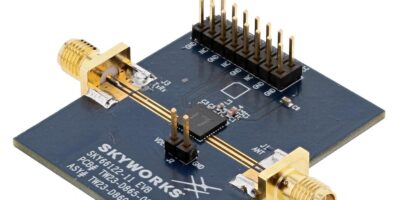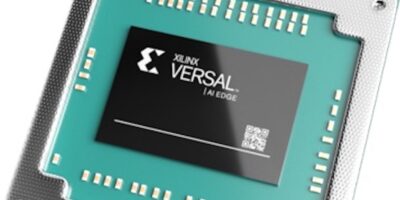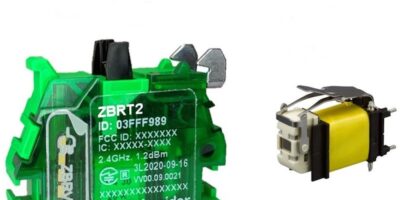High levels of integration are a distinguishing characteristics of the SKY66122-11 front end module, which has been released by Skyworks Solutions. The highly-integrated module is for Wi-Sun or the IoT as well as industrial, scientific, medical (ISM) applications.
The SKY66122-11 is designed for ease of use and flexibility with fully matched, 50 Ohm RF input and output, and digital controls compatible with 1.6 to 3.6V CMOS levels.
The RF blocks operate over a wide supply voltage range from 3.0 to 5.0V that allows the SKY66122-11 to be used in battery powered applications over a wide spectrum of the battery discharge curve and in the 863 to 928MHz frequency range
According to Skyworks, it is designed to enable greater range extension, providing more than two times the range of standalone SoCs. It is also claimed to have greater power delivery to antenna and low power consumption for optimal battery operation. It has been designed for IoT applications including end points and access points for smart grid and smart metering, smart city, industrial IoT sensors and surveillance. It can therefore be used in range extenders, smart meters, home appliances and smart thermostats.
The SKY66122-11 is packaged in a 36-pin, 6.0 x 6.0 x 0.9mm (nominal) multi-chip module (MCM), which allows for a highly manufacturable, low-cost solution, advises Skyworks. The package is certified MSL3, 260 degrees C per JEDEC J-Std-020.
There are three output options depending on transmission type. These are 30dBm or 25dBm, Wi-SUN orthogonal frequency-division multiplexing (OFDM) and an integrated low noise array (LNA) with 2.5dB noise figure (typical).
The modules includes TX and RX power limiters to maximise ruggedness in operation with an integrated power detector. To save power consumption, there is a sleep mode current of 1.0 microA (maximum).
Skyworks Solutions provides analogue semiconductors to empower the wireless networking revolution. Its semiconductor portfolio connects people, places and things within the aerospace, automotive, broadband, cellular infrastructure, connected home, industrial, medical, military, smartphone, tablet and wearable markets.
Skyworks has engineering, marketing, operations, sales and support facilities located throughout Asia, Europe and North America.







